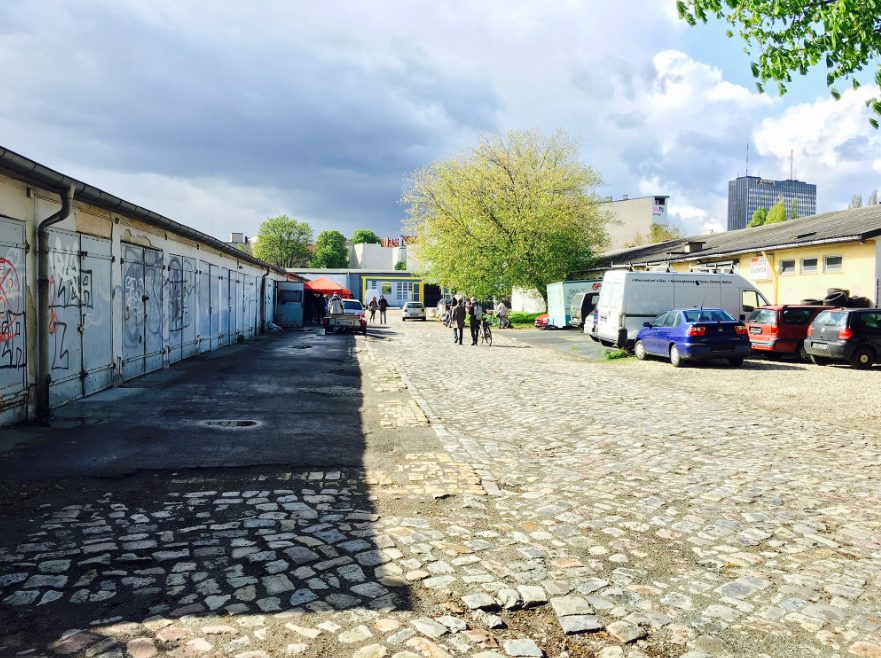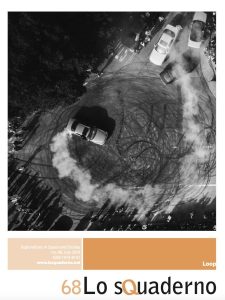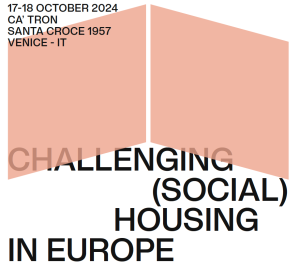The history of Dragoner Areal (the Dragoon Area) begins in the 18th century when it served as the base of the 1st Guards Dragoon Regiment of British monarch Queen Victoria. Located at the corner between Mehringdamm and Obentrautstrasse in the district of Berlin Kreutzberg, the area was designated as a commercial site during the 1920s. However, it is currently lying empty and disused. Comprising the most significant portion of land within the wider mix-used Rathaus area of Friedrichshain-Kreutzberg, Dragoner Areal soon became a contested space for both greedy investors and local citizens; the former aiming at generating profit through the construction of offices and commercial revenues, the latter envisioning the potential to improve the neighborhood’s quality of life and the efficiency in the use of urban space.
Up to 2019, Dragoner Areal was one of the many properties owned by the German Institute for Federal Real Estate (BImA), which is assigned to the management of dismissed public territories and usually supervises economic transactions concerning the trade of such properties. Categorized as an unnecessary estate on the German market, the federal agency decided to sell Dragoner Areal at the end of the 2010s, and several conspicuous offers were made by European private actors to take over the lot, setting off a real bidding competition.
Nonetheless, inhabitants and tenants of the Rathaus blocks had already organized into a unique front to manifest their claims over the legitimate uses they were willing to assign to the old barracks. By raising broad public interest over the issue of privatization, they were able to attach the idiosyncratic case of Dragoner Areal to an overarching social narrative, which is gaining increasing popularity in public and informal debates concerning the urban development of Berlin. Citizens and authorities of many city districts are, in fact, taking action in order to re-appropriate decaying urban spaces and to put them back at the common service of the communities through the implementation of projects of urban renewal, oriented to values of sustainability, equality and social inclusion. That was the purpose of the Upstall Kreutzberg initiative, born in 2011 to encourage participation and create opportunities for dialogue on and civic commitment to the cause of taking back control over the district at risk of displacement, grounding the legitimacy of their claims into the deep-rooted spatial identity of the neighborhood as a vibrant and multicultural place.
By pressuring diverse authorities and aligning with local political actors who supported the idea of preventing Berlin from being alienated from its own inhabitants, in 2016 BImA was actually stopped from selling the property of Dragoner Areal to the highest bidder. At the federal level, the final offer (exceeding 30 million) was considered excessive compared to the average value of similar estates in the city, and therefore the approval of the transaction was withdrawn. After long and controversial negotiations, the joint effort of the Upstall Kreutzberg organization and district politicians succeded in pushing the Berlin State to verify the conditions of the Rathaus area: preliminary inquiries resulted in it being declared eligible to be treated as a special urban redevelopment area. This procedure provides federal funds that might be used to create opportunities to overcome ecological shortages and other issues related to the inefficient use of urban space. Specifically to the Dragoner Areal, the matter is that of regenerating a significantly large and dismissed property, with the aim of improving the ecological and social sustainability of the neighborhood, but also of satisfying inhabitants’ living and working necessities. Moreover, once categorized as a redevelopment area, urban planning projects or specific legal acts – such as trading implying a huge increase in the property’s value – need special authorization permits, as the major goals of redevelopment must not be contradicted.
In 2019, the Berlin state took over the ownership of Dragoner Areal. The Upstall Kreuzberg organization, cooperating with local stakeholders and informal residents, had reached an agreement over the future identity of the Dragoner Areal. Workshops and discussions took place throughout 2018 and 2019, nurturing an inclusive and participatory approach to the redefinition of their neighborhood. While the priority was that of creating new housing facilities for low-income families in Kreutzberg, the atmosphere was enthusiastic about new projects aiming at improving local social infrastructures to allow the blending of diverse activities – from cultural to commercial – and their harmonious coexistence with the residential purposes of the rest of blocks. Thus, Dragoner Areal was about to transform into a diversified urban space, which was meant to be community-based and ecologically oriented, fostering intergenerational communication, inclusivity, and public well-being.
However, shortly after the sale of Dragoner Areal, the BImA legally contested the decision of the federal authorities to declare the area as destined for redevelopment, asserting that the interest of the agency had not been sufficiently considered during the preliminary inquiry back in 2016. A long trial was initiated and at the beginning of 2023, the verdict was announced, declaring that the classification was illegal. Further attempts at contesting such judgment were rejected. Thus, the Dragoner Areal keeps waiting for a proper definition of its space, allowing interventions to be pursued and the community to engage and benefit from renewal initiatives. The situation is currently at a stalemate, as the legal sentence threatens the accessibility of funds and permissions to set up the projects; similarly, the citizens’ participation in deciding how they want to envision their own city can be no longer taken for granted.
While the future of Dragoner Areal is still undecided, Tesserae is following (in the double position of researchers and neighbors) the development of this urban case.
Further information can be found:
On the UPSTALL KREUZBERG website;
Symposium Zur Geschichte des Ortes April 2018;
Website of the Senatsverwaltung für Stadtentwicklung, Bauen und Wohnen (Senate Department for Urban Development, Building and Housing).
Further info
Website of the Senatsverwaltung für Stadtentwicklung, Bauen und Wohnen (Senate Department for Urban Development, Building and Housing).
On the UPSTALL KREUZBERG website;
Symposium Zur Geschichte des Ortes April 2018;


